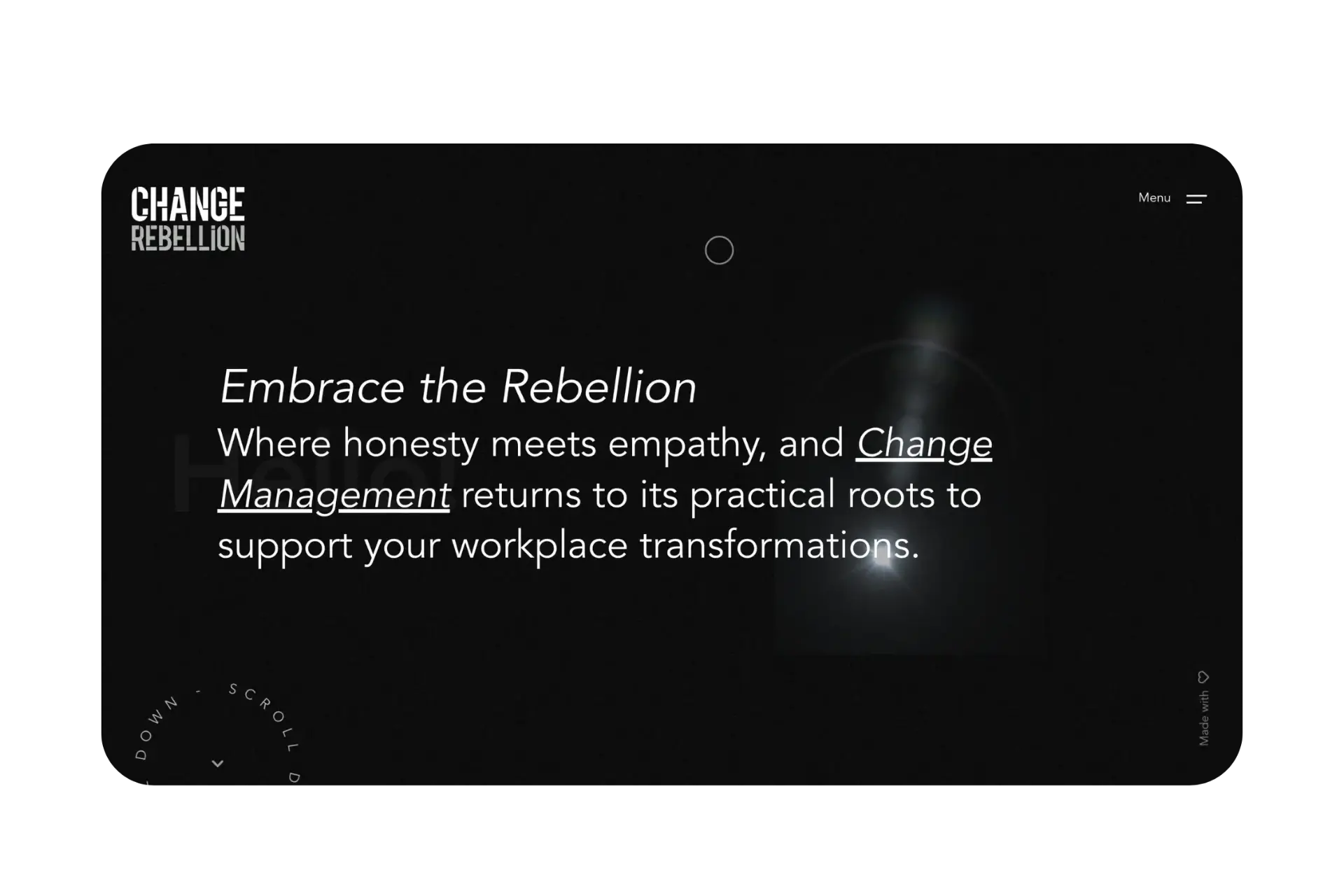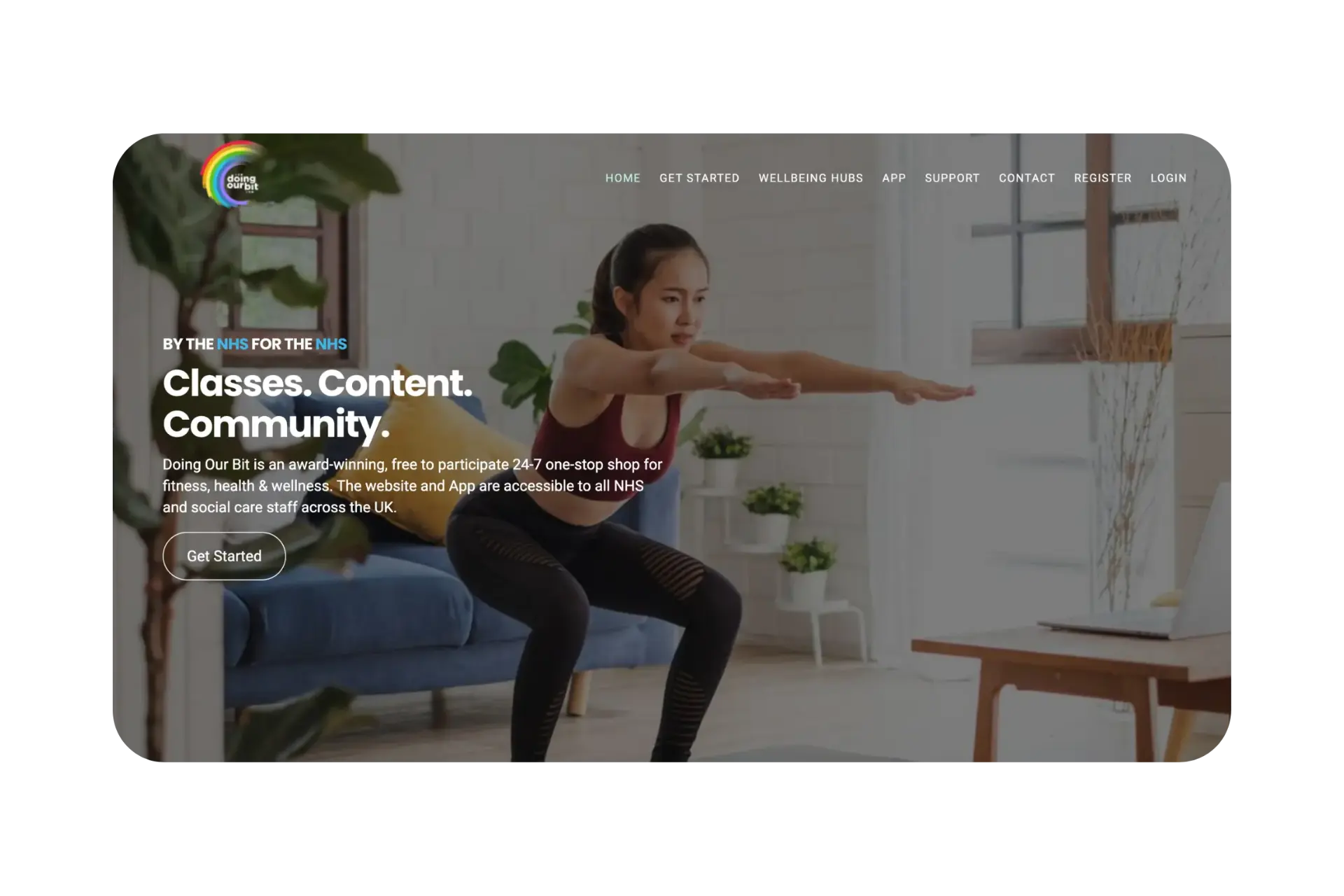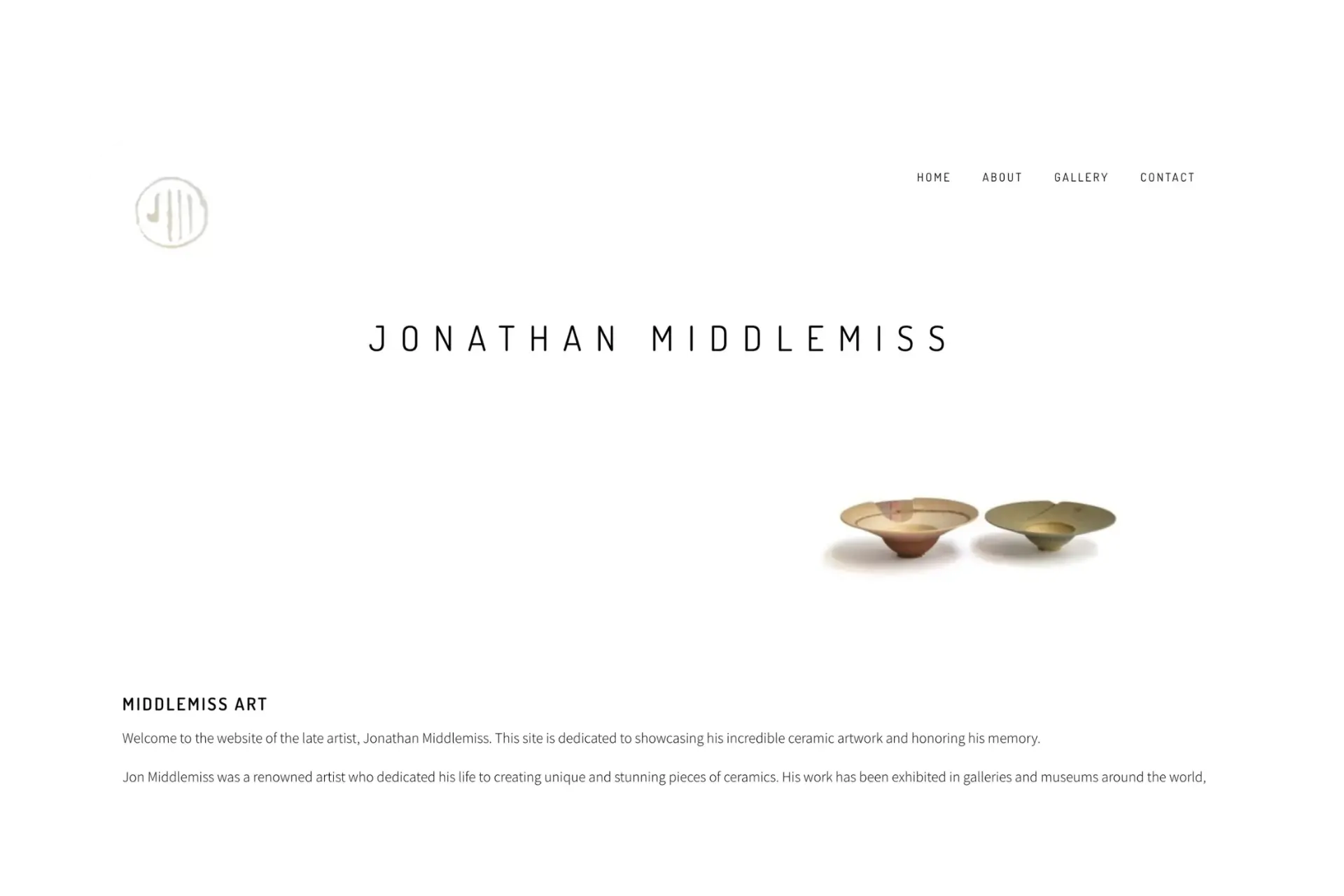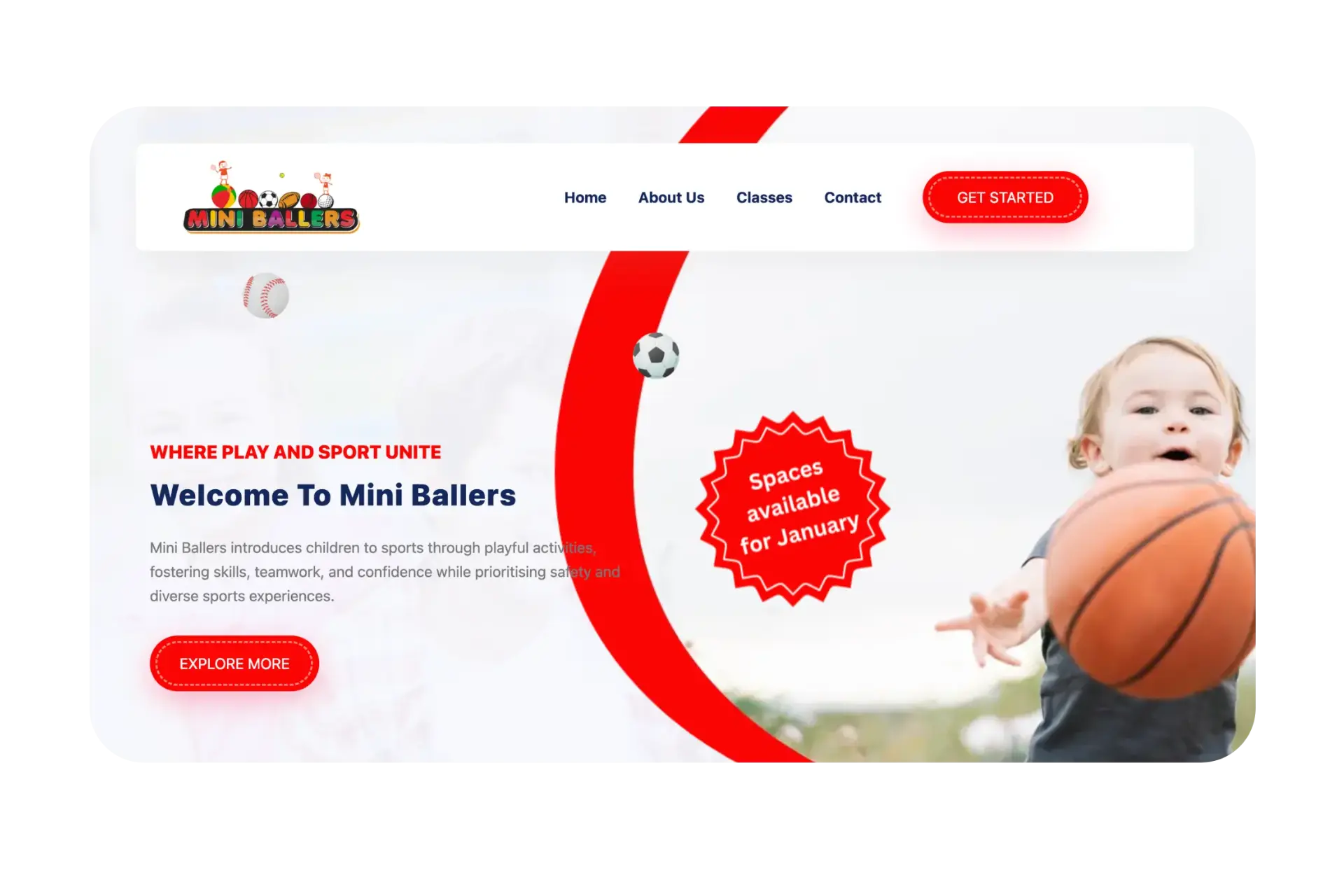Attention spans are shorter than ever, so the importance of effective web design cannot be overstated. As website creators and designers, our primary goal is to capture and retain a visitor's attention long enough to convey our message, offer, or information. One of the most powerful tools in our arsenal for achieving this is the 3-30-3 rule.
Understanding the 3-30-3 Rule
The 3-30-3 rule is a fundamental principle in web design that helps us understand user behaviour in the critical moments after they land on a webpage. It's based on the idea that within the first 3 seconds, a visitor should be able to grasp the purpose and relevance of the website. If successful, they may choose to stay for the next 30 seconds, during which they'll explore the content further. Finally, after those 30 seconds, if the website continues to engage and provide value, users are likely to stay for an extended period, delving deeper into your content or taking desired actions.
Let's break down each phase of the rule:
The First 3 Seconds: The Blink Test
In the digital realm, first impressions are everything. When a user arrives at your website, they quickly assess whether it's relevant to their needs or interests. This initial impression is often formed within the first 3 seconds, which is sometimes referred to as the "blink test."
To pass this test:
- Ensure your website's branding, imagery, and messaging are clear and instantly communicate your purpose.
- Use compelling visuals and headlines to capture attention and generate interest.
- Keep your website's loading time swift, as slow loading can quickly deter users.
The Next 30 Seconds: The Engagement Window
Once you've passed the blink test, you have about 30 seconds to engage your visitors further. During this crucial window:
- Provide concise and scannable content that clearly conveys your message or value proposition.
- Use intuitive navigation and clear calls to action (CTAs) to guide users on their journey.
- Highlight key benefits or features that resonate with your target audience.
Beyond the First Minute: Sustaining Engagement
- Offer informative and valuable content that addresses user needs or interests.
- Ensure a responsive and mobile-friendly design for a seamless experience on various devices.
- Keep the design clean and clutter-free, avoiding distractions that could divert attention away from your main message.
If you've successfully captured a user's interest in the first 33 seconds, your website should continue to deliver value. Here's how to sustain engagement:
Why the 3-30-3 Rule Matters
Reduced Bounce Rates: By quickly engaging users, you reduce the likelihood of them leaving your website immediately
Improved Conversion Rates: A well-designed website can lead visitors toward desired actions, such as making a purchase, signing up, or contacting you.
Enhanced User Experience: Prioritising user-centric design ensures that visitors have a positive and productive experience on your site.
Boosted SEO: Search engines consider user engagement when ranking websites, so adhering to this rule can indirectly improve your search engine optimisation (SEO).
The 3-30-3 rule serves as a guiding principle for effective web design that respects the limited time and attention span of online users. By mastering this rule, you can create websites that not only capture attention but also retain it, ultimately leading to better user engagement and more successful online endeavours. Remember, in the digital world, those critical first seconds can make all the difference.




